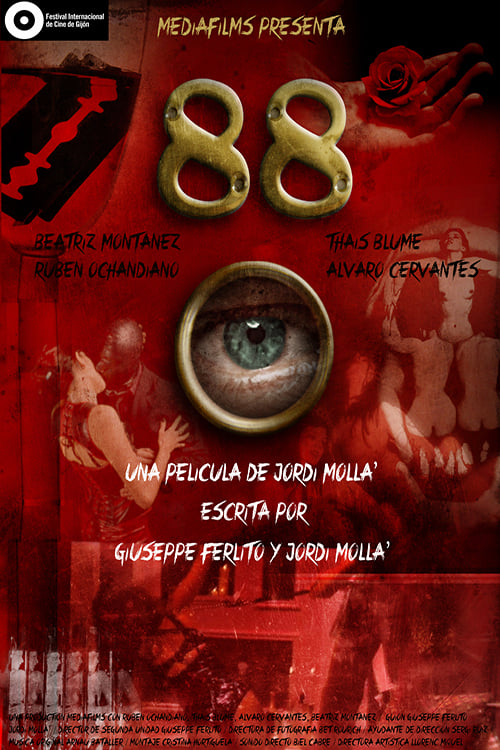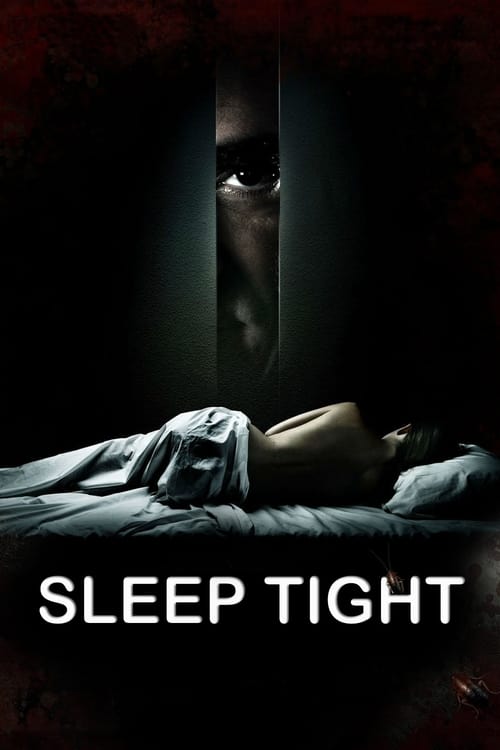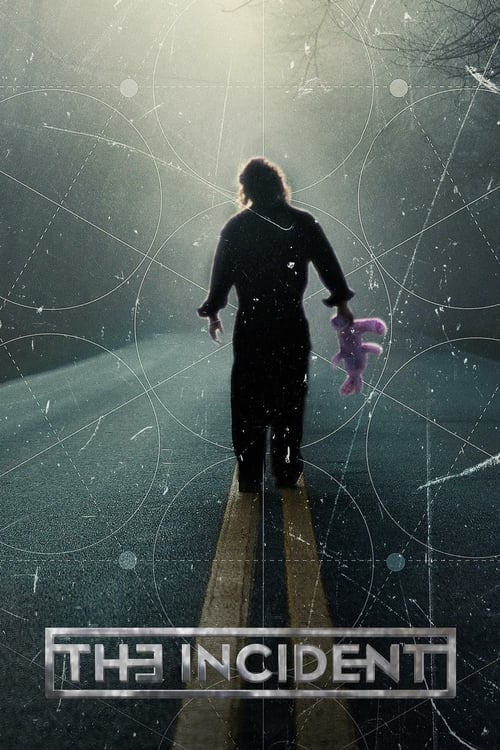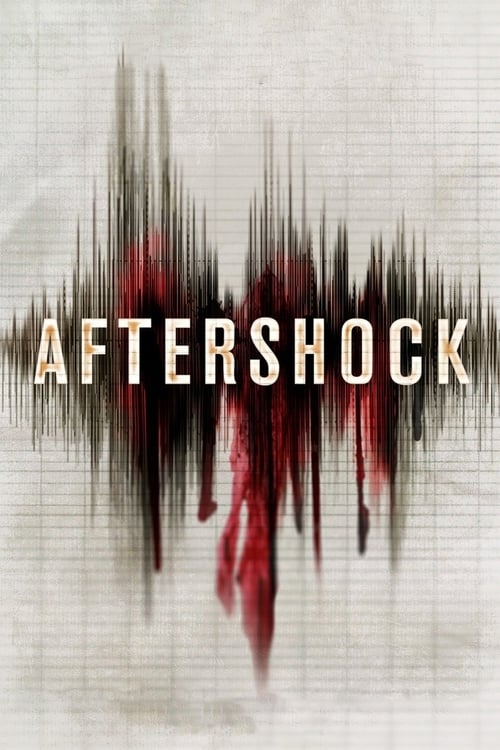
Ask Your Own Question
What is the plot?
What is the ending?
In the ending of the movie "88," the protagonist, Gwen, confronts her past and the cycle of violence that has haunted her. After a series of intense confrontations, she ultimately faces her tormentor, leading to a resolution that ties together her traumatic experiences and the choices she has made.
As the film progresses towards its conclusion, Gwen finds herself in a chaotic and violent showdown. She is determined to break free from the cycle of revenge and pain that has defined her life. In a climactic moment, she confronts the man responsible for her suffering, leading to a tense and emotional confrontation. The film culminates in a moment of catharsis for Gwen, as she makes a choice that reflects her desire to reclaim her life and move beyond the trauma.
In the final scenes, Gwen's fate is intertwined with the choices she has made throughout the film. The resolution of her story is marked by a sense of closure, as she takes steps towards healing and self-acceptance.
Expanding on the ending in a chronological and narrative fashion:
The climax of "88" unfolds in a dimly lit warehouse, where Gwen, portrayed with a mix of fear and determination, prepares to confront the man who has haunted her for years. The atmosphere is thick with tension, the air heavy with the weight of unresolved pain. As she steps into the space, memories flood her mind--flashes of her past, the violence she has endured, and the choices that have led her here.
Gwen's heart races as she approaches her tormentor, a figure shrouded in darkness, embodying the very essence of her nightmares. The confrontation is raw and visceral; words are exchanged, each one laced with years of pent-up anger and sorrow. Gwen's voice trembles, but there is a newfound strength in her resolve. She is no longer the victim; she is reclaiming her narrative.
As the confrontation escalates, the physicality of the scene intensifies. Gwen fights not just for her life but for her freedom from the chains of her past. The struggle is brutal, a dance of survival that reflects her internal battle. With each blow, she sheds layers of her trauma, moving closer to a pivotal moment of choice.
In a heart-stopping climax, Gwen makes a decisive move. Instead of succumbing to the cycle of violence, she chooses to break free. The moment is charged with emotion; it is a declaration of her agency. The warehouse, once a symbol of her entrapment, transforms into a space of liberation as she steps away from the darkness.
As the dust settles, Gwen emerges from the chaos, her expression a mixture of relief and sorrow. She has faced her demons and, in doing so, has begun to heal. The final scenes depict her walking away from the warehouse, the weight of her past still present but no longer defining her. The sun begins to rise, casting a warm glow that symbolizes hope and new beginnings.
In the aftermath, the fates of the other characters are revealed. The tormentor, having been confronted, is left to grapple with the consequences of his actions. Gwen's journey is one of transformation; she is no longer a prisoner of her past but a survivor ready to embrace the future. The film closes on a note of resilience, highlighting the power of choice and the possibility of redemption.
Is there a post-credit scene?
The movie "88," produced in 2012, does not have a post-credit scene. The film concludes its narrative without any additional scenes or content after the credits roll. The story wraps up with the resolution of the main character's journey, leaving no further developments or cliffhangers for the audience to ponder after the film ends.
What is the significance of the number 88 in the movie?
The number 88 serves as a recurring motif throughout the film, symbolizing the cyclical nature of the protagonist's journey and the events that unfold. It represents both a countdown and a connection to the past, as the main character, Gwen, grapples with her fragmented memories and the violent events that shape her reality.
How does Gwen's character evolve throughout the film?
Gwen starts as a disoriented and traumatized woman, struggling to piece together her memories after a violent incident. As the story progresses, she becomes more determined and resourceful, confronting her past and the people involved in her trauma. Her evolution is marked by moments of vulnerability and strength, showcasing her resilience as she seeks to reclaim her identity.
What role does the character of the hitman play in Gwen's story?
The hitman serves as both an antagonist and a catalyst for Gwen's transformation. Initially, he represents a threat to her safety and a reminder of her violent past. However, as their paths intersect, he becomes a complex figure that forces Gwen to confront her fears and the consequences of her actions, ultimately pushing her towards a path of self-discovery.
How does the film depict the theme of memory and its impact on Gwen?
Memory is portrayed as fragmented and unreliable in Gwen's journey. The film uses disjointed timelines and vivid flashbacks to illustrate her struggle to recall the events leading to her current situation. This disorientation reflects her emotional turmoil and the impact of trauma, as she navigates through her memories to uncover the truth about her past and find closure.
What is the relationship between Gwen and the character of the bartender?
The bartender serves as a confidant and a source of support for Gwen throughout her ordeal. Their relationship is built on trust and shared experiences, as he provides her with a safe space to express her fears and confusion. His presence highlights Gwen's vulnerability, while also offering moments of solace and understanding as she navigates her chaotic reality.
Is this family friendly?
The movie "88," produced in 2012, is not considered family-friendly and contains several potentially objectionable or upsetting elements. Here are some aspects that may be concerning for children or sensitive viewers:
-
Violence: The film features graphic violence, including scenes of physical altercations and bloodshed that may be disturbing.
-
Mature Themes: The narrative explores dark themes such as revenge, trauma, and the consequences of violence, which may be unsettling for younger audiences.
-
Substance Abuse: There are depictions of drug use and addiction, which could be inappropriate for children and distressing for sensitive viewers.
-
Strong Language: The dialogue includes frequent use of profanity, which may not be suitable for younger viewers.
-
Psychological Distress: Characters experience significant emotional turmoil, including fear, paranoia, and mental instability, which could be upsetting.
-
Sexual Content: There are implications of sexual situations that may not be appropriate for a younger audience.
Overall, the film's intense and mature content makes it more suitable for adult viewers.















![[REC]⁴ Apocalypse (2014) poster](https://image.tmdb.org/t/p/w500/nlSSZNESHkY1iPzYnpcRvYUr7Mz.jpg)













